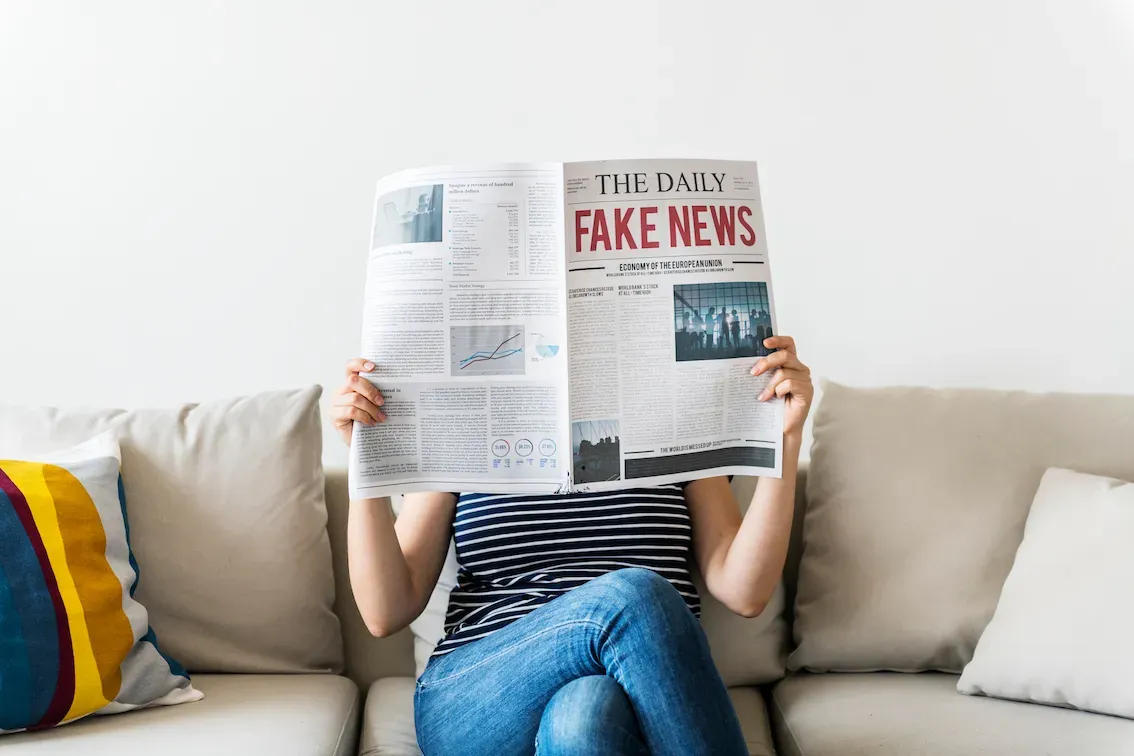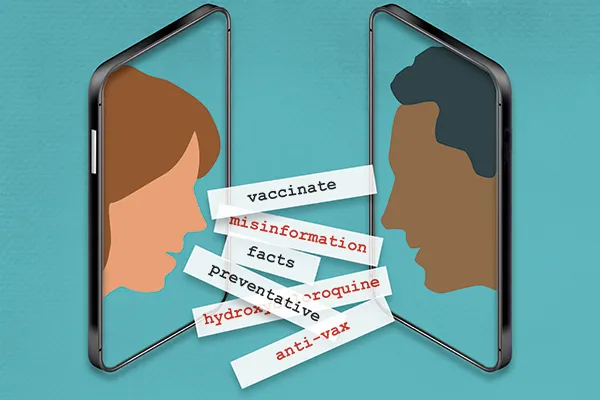
In the age of TikTok doctors and viral wellness hacks, social media has become a major source of health information. But not all of it is accurate. In fact, medical misinformation has been labeled a public health threat by global health authorities like the World Health Organization (WHO) and the U.S. Surgeon General.
A 2021 study published in JAMA Network Open found that nearly 1 in 3 of the most shared medical posts on social media contained misinformation. During the COVID-19 pandemic, this became especially dangerous—false claims about masks, vaccines, and unproven treatments flooded timelines and feeds, leading to vaccine hesitancy, poor treatment decisions, and even death.

Why Is Misinformation So Convincing?
According to a 2020 paper in Nature Human Behaviour, false information spreads 70% more likely to be retweeted than true content, largely because it’s more novel and emotionally charged. Social media algorithms prioritize engagement, not accuracy—meaning a flashy lie often outperforms a boring truth.
Many users trust influencers more than experts. A 2023 Pew Research Center survey reported that 41% of adults aged 18–29 get health information from influencers on platforms like Instagram, YouTube, and TikTok, often without checking credentials.

How to Spot False Health Claims
Check credentials: Does the speaker have a medical license or is affiliated with recognized institutions?
Look for scientific references: Reliable content cites peer-reviewed studies or government health sources.
Beware of buzzwords: “Miracle cure,” “detox,” or “they don’t want you to know this” are common in misleading posts.
Reverse search images or quotes: Misused images and fake quotes are common misinformation tactics.
Consult professional fact-checkers: Websites like HealthFeedback.org, Snopes.com, and FactCheck.org debunk viral health claims regularly.
How to Fight Back Against Misinformation
Educate, don’t shame: According to the American Psychological Association, correcting misinformation works better when done respectfully and with empathy.
Share verified sources: Repost information from WHO, CDC, NHS, or licensed professionals.
Use platform tools: Report false claims and flag harmful content.
Encourage digital literacy: Studies show that people trained in critical media skills are less likely to fall for false health news.
A Shared Responsibility
Medical misinformation isn’t just annoying—it’s dangerous. The WHO coined the term "infodemic" to describe the explosion of misleading health content during the COVID-19 pandemic. Inaccurate posts led to misuse of medications like ivermectin and hydroxychloroquine, despite warnings from the FDA and medical associations.
We all play a role in curbing this trend. As users, we must think critically and share responsibly. As content creators, we must prioritize truth over traffic.
Conclusion
Your social media feed may be full of advice, but not all of it is trustworthy. The next time a health tip goes viral, ask yourself: Is it credible, or just clickable?
Being an informed digital citizen isn't just about protecting yourself—it's about protecting your entire community.